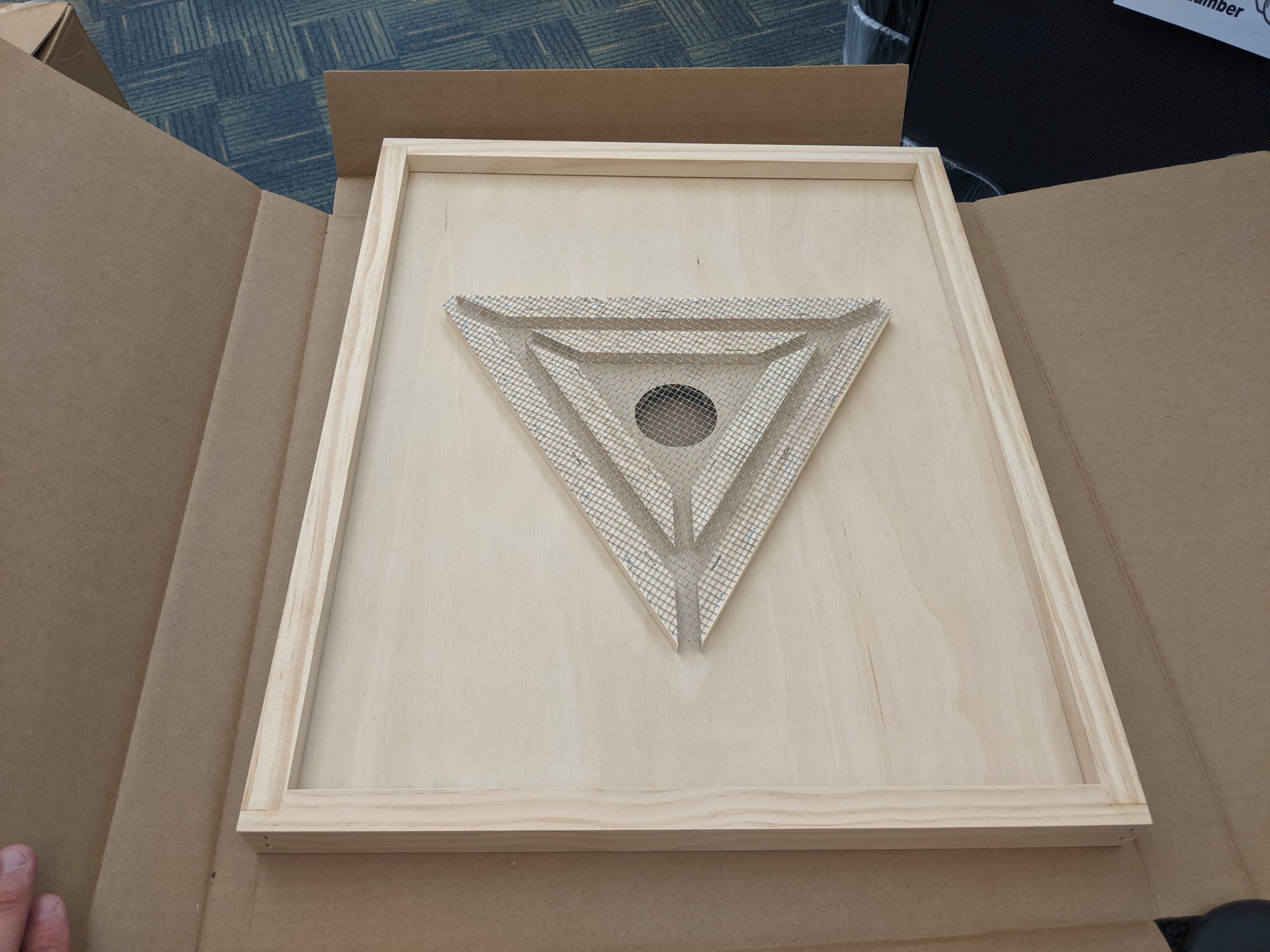Beekeeping as a hobby has been growing in popularity since 2006. And one of the perks of being a beekeeper is collecting honey from your colonies. But how do you go from frames of honey to honey in a jar? Let’s take a closer look at how it all works and harvest your honey.
Starting at the hives
We’ll start with the assumption that you have a few supers full of frames with honey ready to be harvested. First we need to try to remove as many bees from the honey super as possible. We don’t want them in the kitchen while we are trying to collect the honey. There are 3 common ways to remove the bees, physical/mechanical, chemical, and escape boards.
Physical/mechanical
Physical/mechanical are exactly what they sound like. We are going to remove the bees from the frames physically. Now this doesn’t mean picking off every bee individually, that would take forever. A common, cheap backyard option is to use a bee brush and brush the bees off the frame. A bee brush is a brush that has longer and softer bristles. This way the bees are removed but are not harmed. A bee brush is time consuming so only use it if you only have one or two supers to harvest. Once your frame has been brushed, place the frame into an additional hive box with a lid. That way the bees won’t return as you brush the next frame off. A more commercial method of removal makes use of a leaf blower. Take supers off of the hives and make a stack of them so that the open ends are lateral. (put the super on its side) Stack supers on an empty hive box, or hive stand. This way no honey super is so low to the ground it makes bee removal difficult. Then use a leaf blower to blow all bees away from the supers. Start from about 10ft away from the supers, then move forward as needed to remove bees. Bees will be blown out of the super and then seek their hive. Some will continue to seek the supers, so this may need to be done again at the kitchen door.
Chemical
Chemical removal, this involves releasing a scent that honey bees find repulsive (humans too!) which will drive them out of the honey super. This process is usually simple and effective. You need a fume board and a chemical repellent. A fume board looks similar to a telescoping hive lid except it fits the dimensions of a Langstroth box exactly. Some have an opaque plastic on top. On the under side is usually an absorbent cloth of some sort. To use the fume board you spray/apply your chemical repellent (Honey Robber, Honey Bandit, etc.) to the cloth side. This repellent usually has some sort of butanol compound (think extra, super stinky feet smell) that the bees will flee from. Then set the fume board on top of the honey super. This scent and closed in environment will drive the bees down into the lower boxes of the hive. Read the repellents instructions to get an idea for how long to keep the board on the super. Then remove the super, fume board and all, and put it in your vehicle. Remove the fume board and replace it with another hive lid to keep out any stray forager bees. Fume boards are simple and really effective, but they do smell terrible.
Escape board

I place escape boards into a category of their own because they do use mechanics to remove the bees, but it’s done over time and can’t be forced. Escape boards not only take additional time, but they require two trips to the apiary. Which can be feasible for backyard keepers, but not so for commercial keepers. Escape boards work by inserting a device between the honey supers and the hive body that allows for bees to move from super to body, but very difficult to move from body to super. This way over time the bees will vacate the super but won’t be able to return. Escape boards are usually most effective after 24-48 hours of use. After that you run the risk of allowing for hive pests such as small hive beetle, ants, and wax moth larvae to give issue to the honey super with no bees to help defend it. So after installing the escape boards return in 24-48hrs. Remove the supers and when finished the escape boards too.
Outside the Kitchen
Once you have your supers relatively bee free take them outside of your harvest kitchen. You should already have everything prepared inside, ready for honey harvesting. Before taking a super inside do one more inspection for any remaining stragglers. Remove them with a bee brush, or with a leaf blower. Then bring the super inside. You may still have some bees present inside your kitchen. They tend to fly to light sources so depending on the height of your kitchen ceiling you can swat them or catch them in a glass and release them outside. Now you are ready to begin the honey harvesting process.
 0
0
